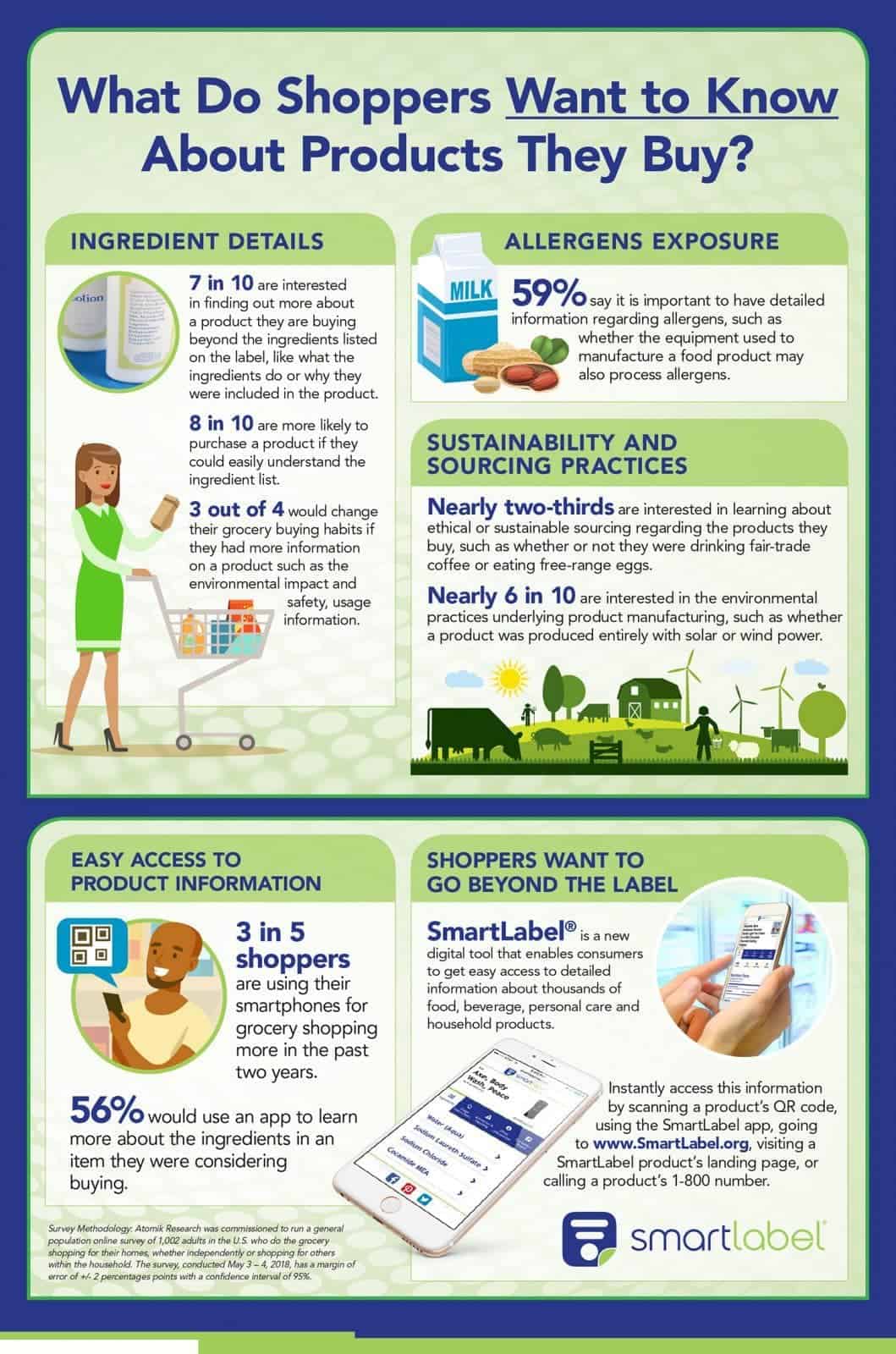Mintel Report: Pressed for Time? Mug Cakes for Breakfast!
Mug cakes, you ask? As its name implies, these are single-serve cakes in a mug that’s baked in the microwave in a jiffy. So, you have a warm, homemade, and healthy breakfast in minutes which makes it one of the most favorable new breakfast trends.
This trend has been growing in popularity over the last couple of years due to delicious taste, convenience, and speedy preparation and cooking time. The product was designed for impulsive indulgence. There’s a lot of room for expansion when it comes to breakfast and baked goodies, which leads to the niche being carved by mug cakes as your breakfast treat.
The Success of Breakfast Biscuits
In Italy, consumption of biscuits is an all-time high which inspired Belvita to offer breakfast biscuits in 2010. It has taken the global market by storm and by far is one of the top product positionings of the decade.
By targeting their message on whole grain, energy release, and convenience, Belvita has made it more acceptable to eat biscuits for Breakfast. On the other end of the spectrum are breakfast cakes, which is a whole new frontier that has a lot of room for exploration where food brands can replicate the biscuits’ success.
Improving Health Insights
Just by using the word cake already connotes something unhealthy, which could be the reason behind why food brands are wary of dipping their toes in this market. However, there are ways to meet the demand for variety while not compromising the health of the consumer. This is where vegetable inclusions and flavors come in.
In fact, in a survey held in the UK, half of the buyers are interested in buying cakes other than the ones made from carrots. They want to see beetroot and courgette on their options for mug cakes. Another factor that food brands should look into is the sugar content of the cake, where nearly three-quarters of the consumers agree.
Food brands are also looking at NutriFusion fruit and vegetable blends to add to their mug cakes. The inclusion of these fruit and vegetable powders add essential vitamins without compromising the taste or texture of the end product. Companies are finding innovative ways to make “cake” so much better-for-you with GrandFusion fruit and vegetable nutrient blends.
Mug Cakes For The Most Important Meal of the Day
Time is a precious commodity in any household and people who have the time to spend preparing and making breakfast are lucky in today’s busy world. Breakfast meals that are tasty, nutritious, and fresh are the dream of today’s consumers.
When it comes to mug cakes, there are different levels of convenience to choose from, now isn’t that neat? Some products already include plastic cutlery which is geared towards consumption outside of the home. There are also mug cakes that come in a microwavable cup, and all you need to do is add water and cook it in the microwave. There are those that you need to put in a microwave-safe mug, perfect for people who are wary of plastics. And there are those that need a little bit of preparation by adding milk, water, or egg. Whatever suits your needs and wants, the variety of mug cake products on the shelf are wide. How will brands take advantage of this trend and stay with the better-for-you foods movement?
Inspired by www.mintel.com

 With SmartLabel, shoppers have access to a host of information about the product they’re buying with a touch of their fingertips. It contains far more information than the usual on-package label can ever hold. Information can include product ingredients,
With SmartLabel, shoppers have access to a host of information about the product they’re buying with a touch of their fingertips. It contains far more information than the usual on-package label can ever hold. Information can include product ingredients, 
